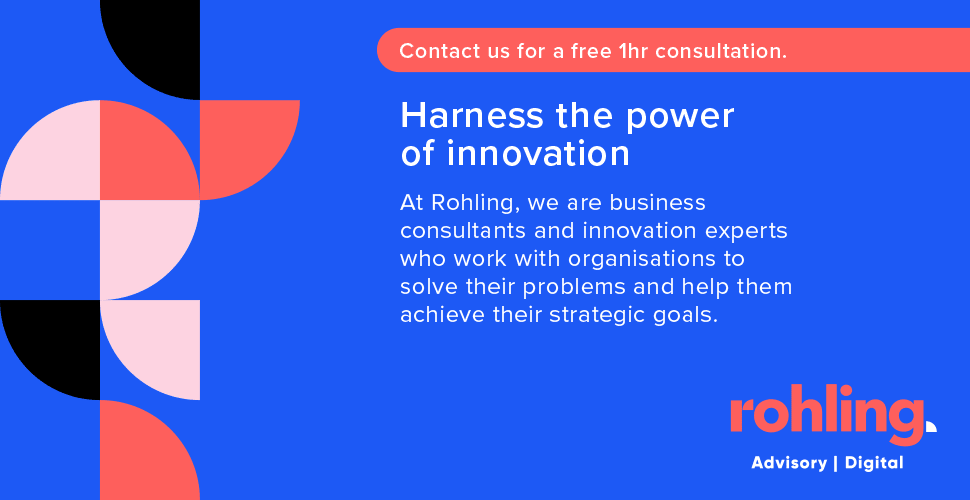Prue Bowden, CEO of Home Health at Australian Unity, told the LEADERS SUMMIT that she leads a ‘logistics company with a heart’, not a home care or residential care company. Does this definition sound the death knell for small and medium care operators?
The purchase by Australian Unity of myHomeCare for $285 million last month took Australian Unity from the No. 2 position in the home care market to an unassailable No.1 position, with approximately 50,000 clients and a workforce of 6,000.
With this size, Prue Bowden’s major focus is workforce. Her biggest asset and her biggest cost, she knows she has to make her 6,000 people efficient, effective and the services they deliver in a competitive marketplace have to be delivered as a quality experience.
While these outcomes are important for customers, they are perhaps even more important in keeping her 6,000 people fulfilled in their careers, so that they remain loyal and committed to Australian Unity.
The key is ‘logistics’, meaning Australian Unity’s material and complex systems and processes work; they do not act as a hindrance to execution but enhance it.
IT the competitive advantage
How do small and even medium-sized operators compete?
Darren Gossling, CEO and Managing Director of aged care IT consulting firm Rohling International, says the smaller operators can survive and even flourish if they treat the challenge as urgent.
He points out that the Department of Health and Aged Care is talking that it expects a clean flow of data between all service providers (such as physiotherapists and care plan managers) for a home care client, so that the care plan is effective and the accounting is efficient.
Operators need to:
- do the housekeeping – make sure all the low hanging fruit tasks have been done
- adopt a proven ‘blueprint’ of who and what they want to be
- get their enterprise architecture in place – most likely by engaging a major supplier
- develop a strategy of the markets and services it has ambitions for
- conduct a tech gap analysis on how to achieve the strategy
- accept that a whole of organisation change program is likely required
- identify the individual/s that will lead that change
Darren points out that change is a significant challenge in aged care; for instance, nurses historically don’t like change.
He sees relatively few aged care operators committed to reengineering their business to combat competitors encroaching their market and customers. Those committed to aggressively adjusting their business will have a significant competitive advantage.
Data is like uranium
In this new world, data is exceedingly powerful, but also exceedingly dangerous.
Data is needed for machine learning and decision-making. However, increasingly it is dangerous; you need to know that it is real and valid data before relying on it for (AI) decisions, and you need to keep it safe, as in cyber secure.
This requires a whole of organisation commitment to ensure that data is good and out of harm’s way.
Understand the macro environment
Across the world, countries, governments and care support systems are unprepared for the combination of:
- the Baby Boomer bulge in customers
- better medicine keeping them alive longer at home
- lack of workforce
- lack of hospital and aged care beds
The pressure on Australian systems will accelerate. The Department of Health is quoting 2027 as the date it will require operators to be digitally mature.
This will be a challenge for many home and residential aged care operators. The consequence will be a migration of both their workforce and their customers to operators that can support them.
As Prue Bowden tells us, it is the logistics that matter.



